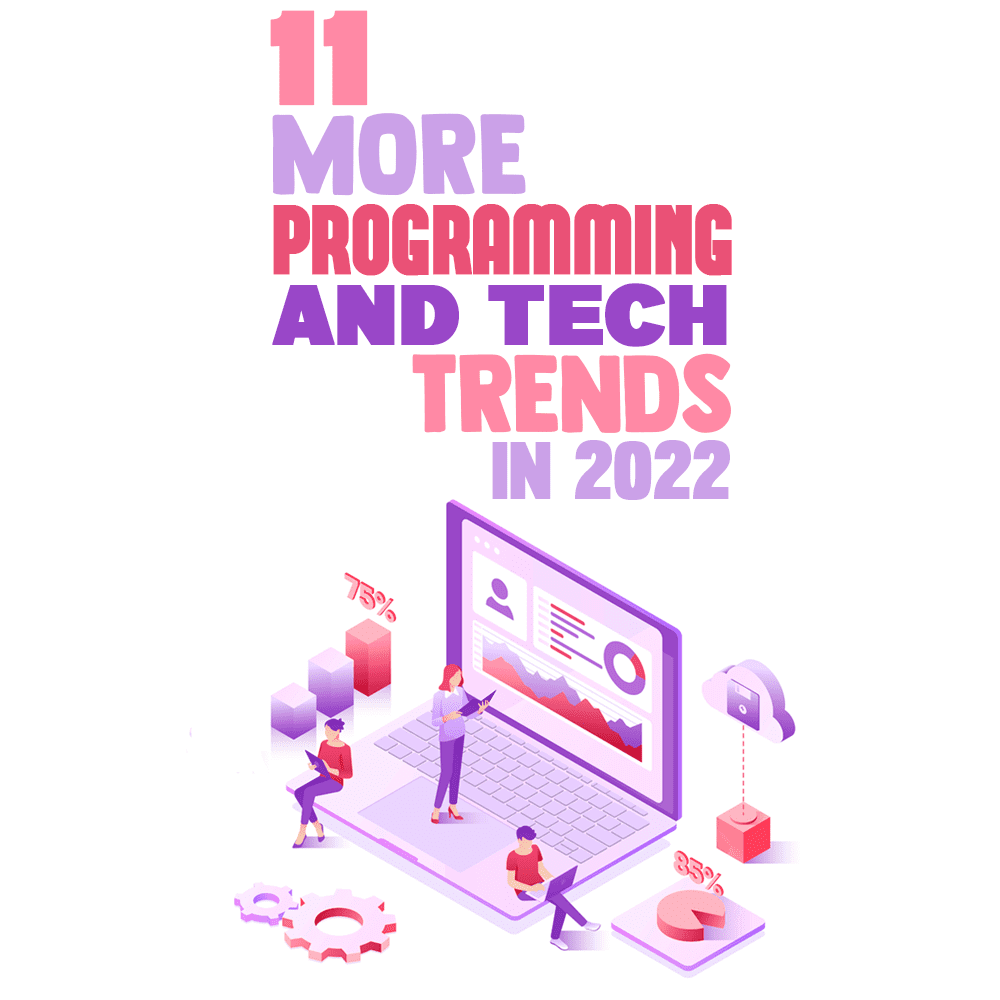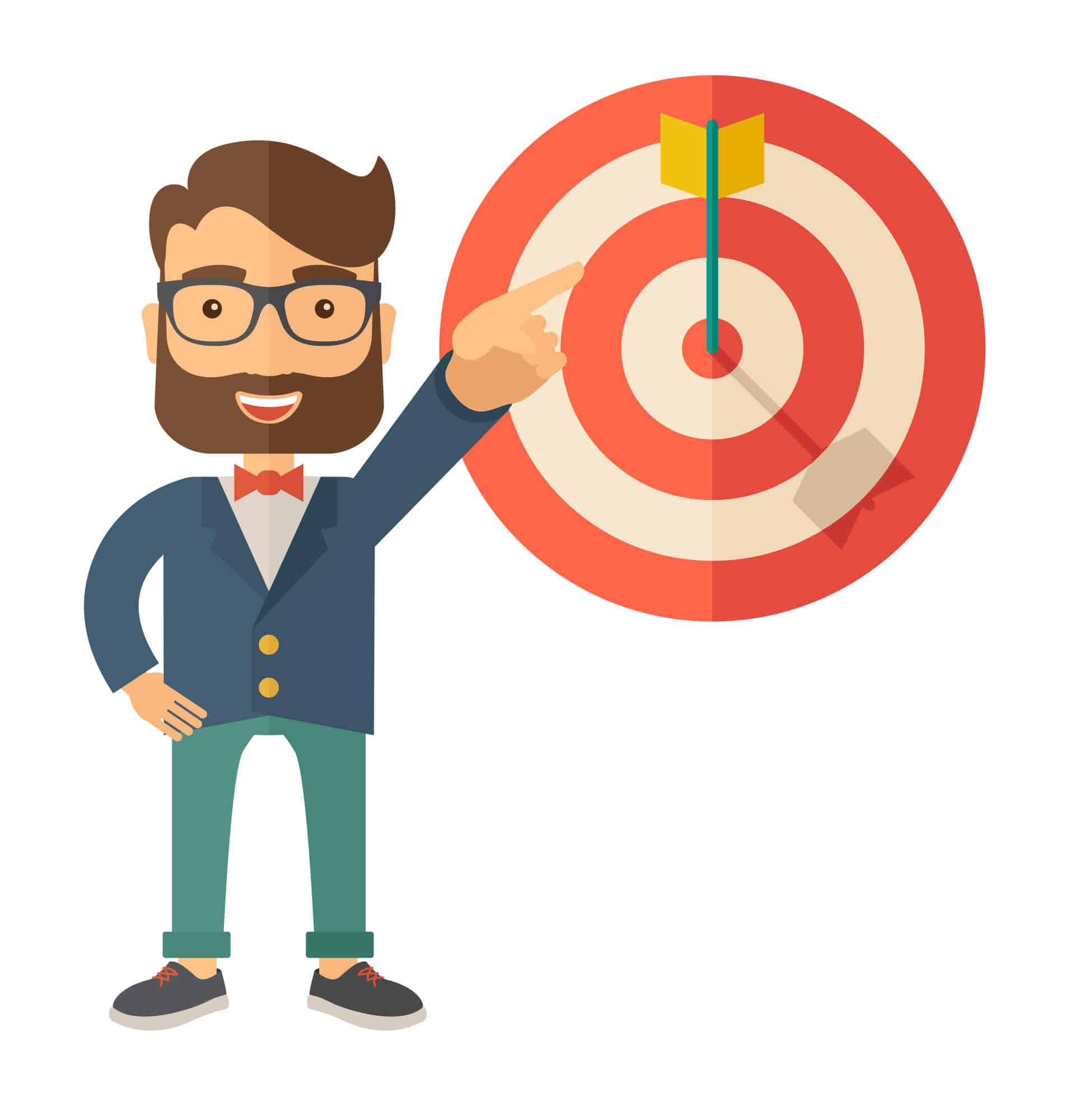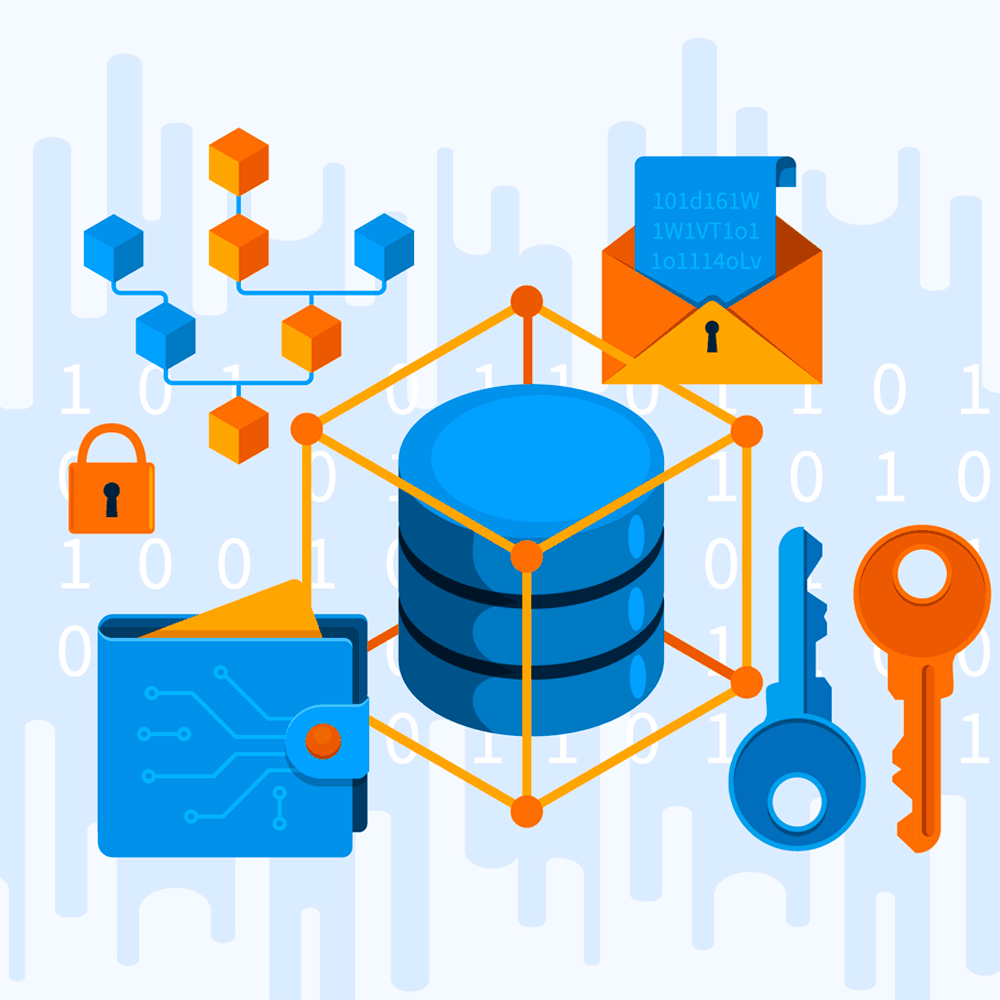
In this post, I will focus your attention on these emerging programming and tech trends, highlighting their various aspects. This way, you will have a better understanding of the technological landscape, and you will be up-to-date with the most recent developments.
Multi-Cloud Strategy
The multi-cloud strategy is a must to read about. With a multi-cloud strategy, companies can select different cloud services from other cloud companies to transfer more significant data portions. It is a speedy and reliable way to move large amounts of data, especially suitable for large data transfers and with integrated machine-learning capabilities.
Most companies follow the multi-cloud strategy due to the following reasons:
- Flexibility: If a company has its choice of multiple cloud environments, that offers flexibility and allows the company to stay away from vendor lock-in. The transition to any other product, even of a competitor, is easy.
- Data protection: If you link with the multi-cloud strategy, you can avoid issues resulting from technical or mechanical reasons, computer, and human error. If you have multiple cloud environments, you are always protected from sudden, unavoidable circumstances, as you have resources and data storage available to avoid downtime.
- Efficiency: Multi-cloud environments can help companies achieve their goals as planned due to their efficiency in managing and storing data.
Multi-cloud management is involved in multi-cloud computing, as information is transferred from one cloud platform to another. It requires expertise to handle multiple cloud providers and complex cloud management systems.
A multi-cloud platform can put together all the best services that each platform offers. It helps the companies customize an infrastructure unique to their business goals. Further, this multi-cloud concept provides lower risk: If one web service does not function, a business can operate with other platforms in a multi-cloud system as it stores all data in one place.
So far, so good. But how about downsides or problem points?
Genuinely multi-cloud security has a big challenge of protecting data in a consistent and secured way across various cloud platforms. When a company uses a multi-cloud concept, the deposit is handled by third-party partners. Therefore, the cloud deployment has to identify the matter and distribute the security responsibilities among the other parties to ensure safety.
Rapid App Development and Low Code/No Code
In a world where everything is interconnected and relies on the speed of delivery, many inventions want to make the processes speed up. Rapid app development (RAD) comes into play here as a critical subject that many of us are likely already exposed to.
For example, Agile software focuses more on current software projects and user feedback. Can you believe that it does not follow a strict plan? The software helps rapid prototyping over costly planning.
The process of rapid app development is straightforward, as shown below:
- Requirements: Rapid app development does not have any strict requirements and has the permission to change any of the conditions at any point of the cycle. The client provides the company’s vision for the product, agrees with developers, and finalizes the requirements that fulfill the goal.
- Prototype: This rapid application development develops a prototype to make the client understand the result. The RAD programming has a finalizing stage where all the errors are corrected and cut, and the final product comes out.
- Feedback and final product: Along with the feedback, the RAD makes the final product, yet they are ready to perform possible changes, as step two of the process describes. However, if the client is satisfied with the outcome and the positive feedback, what is made will be the final product.
- Last stage: The last stage is to submit the final product through demonstration.
As for Low Code/No Code development platforms, they are a kind of visual software development. Such a procedure allows industrial developers and citizen developers to drag and drop application components, combine them quickly, and create mobile or web apps useful for different functions.
Low-code development platforms reduce the amount of time spent, enabling faster delivery of business applications.
Containerization
Containerization is a way of packaging software code with just the operating system, and its libraries and dependencies required to run the code. It comes in a single, lightweight executable, called a container, that runs without disturbance on any infrastructure.
Instead of complying with the entire operating system or with your software, your code is in a container that can run anywhere. As these containers are pretty small, you can pack a lot of such small containers onto a single computer.
The concept of containerization allows developers to create and deploy applications with great speed and more safely. Earlier, code was developed in a specific computing environment. But when you transfer it to a new location, it often results in bugs and errors.
Deep Learning Libraries

For example, deep learning is a critical technology used in driverless cars, enabling them to recognize a stop sign or identify a pedestrian from a lamppost.
It is a continuously growing method of a broader family of machine learning based on data representatives. As a relatively new concept, the vast number of resources can be fascinating for those trying to get into the field of IT or those already in it.
There are Libraries that are famous for this deep learning technique. Below is a list of deep learning libraries that are commonly in use.
- TensorFlow Keras: TensorFlow is a library for multiple machine learning tasks and also an open-sourced, end-to-end platform. Keras is a network library that runs on top of TensorFlow.
- Caffe: Caffe is a deep learning program made with expression, speed, and modularity in mind.
- Microsoft Cognitive Toolkit: (Previously CNTK). The Microsoft Cognitive Toolkit is an open-source library that is used to create machine learning prediction models. Generally, it creates deep neural networks, which are at the top of artificial intelligence attempts such as Cortana and self-driving automobiles.
- PyTorch: The PyTorch framework helps about 200 different mathematical operations. It is very popular because it simplifies the creation of artificial neural network (ANN) models.
- Apache Mxnet: MXNet is an open-source deep learning application that allows you to identify, train, and deploy deep neural networks on a wide range of devices, from cloud infrastructure to mobile devices.
- DeepLearning4J: DeepLearning4J is a support framework for deep learning algorithms.
- Theano: Theano is a Python library built for fast numerical computation that runs on the CPU or GPU. It is used as the key foundational library for Deep Learning.
- TFLearn: Tflearn is designed to support a higher-level API to TensorFlow. It facilitates and speeds up the experimentations while being transparent and compatible with it.
Multi-Model and Multi-Purpose Databases
In database design, the multi-model database helps to manage multiple data models against a single and integrated backend. The single data model is mainly organized and stored in database management systems.
A multi-model database is a database that stores all the data in more than one model. In the beginning, databases have primarily supported only one model: relational, document-oriented database, triple store, or graph database. A database that combines all of these is called a multi-model.
Artificial Intelligence
Artificial Intelligence is among the top of the latest techno trends. It is a unique technology that makes a machine simulate and interpret human behavior.
Machine learning is a subcategory of Artificial Intelligence that allows a device to automatically learn from past data stored in the memory without programming further. The goal of Artificial Intelligence is to make an intelligent computer system similar to the human brain that helps solve complex problems.
So now the world is moving toward this concept and, soon, it will take over all the complicated processors.
AI-Powered Cybersecurity
AI-powered cyber security is one of the most vital concepts in terms of security aspects. Artificial intelligence can prioritize risk instantly and spot viruses or malware on the networks. It can also detect threats even before they activate.
AI is at the top as a significant aspect of cyber security. It will increase the efficiency of all aspects of life like online shopping, information technology, telecommunications, etc., in protecting it against cyber threats.
Clean Technology
Clean Technology is one of the most concerning terms in tech developments. How do you define clean technology?
Clean Technology or cleantech is any process, product, or service that reduces negative environmental impacts by energy efficiency improvements, better use of resources, or any other environmental protection activities.
The benefits of clean technology in any industry or field can include less waste, recovery of by-products, improved environmental performance, improved productivity, better efficiency, and reduced energy consumption which results in overall cost reduction. It is the same with information technology and apps.
Collaborative Technologies
Collaborative technology is also known as groupware. Collaborative technology, a commonly used term today, refers to tools and systems designed to improve group efficiency. It is related to both in-office and remote work.
These pieces of technology can cut down the costs and time related to facilitating group work. Such technologies can designate roles and responsibilities to route in-situ documents to checking and approving project parts. This concept offers more inherent and coordinated group problem solving across the entire workflow.
A good tool for collaborative technologies is Creately, though I may be a little biased since I work there! Creately is a web-based work management tool that runs on a smart visual canvas, offering visual solutions for brainstorming, planning, project management, and capturing knowledge. Creately is used in project management, education, and many other sectors today.
Blockchain Technology

A blockchain is a digital ledger that duplicates transactions distributed across the whole network of computer systems on the blockchain. It also increases trust, security, transparency, and the traceability of data shared across a business network.
The Future Is Now
In this post, I shared with you the most popular programming tech trends that have emerged in information technology.
From multi-cloud strategies and rapid app development to AI and, perhaps most crucially, clean technology, the future is now!
These can be really helpful for your professional careers as well as daily tasks performed through information technology. I hope these facts are informative and helpful for those who seek knowledge on this subject matter.
